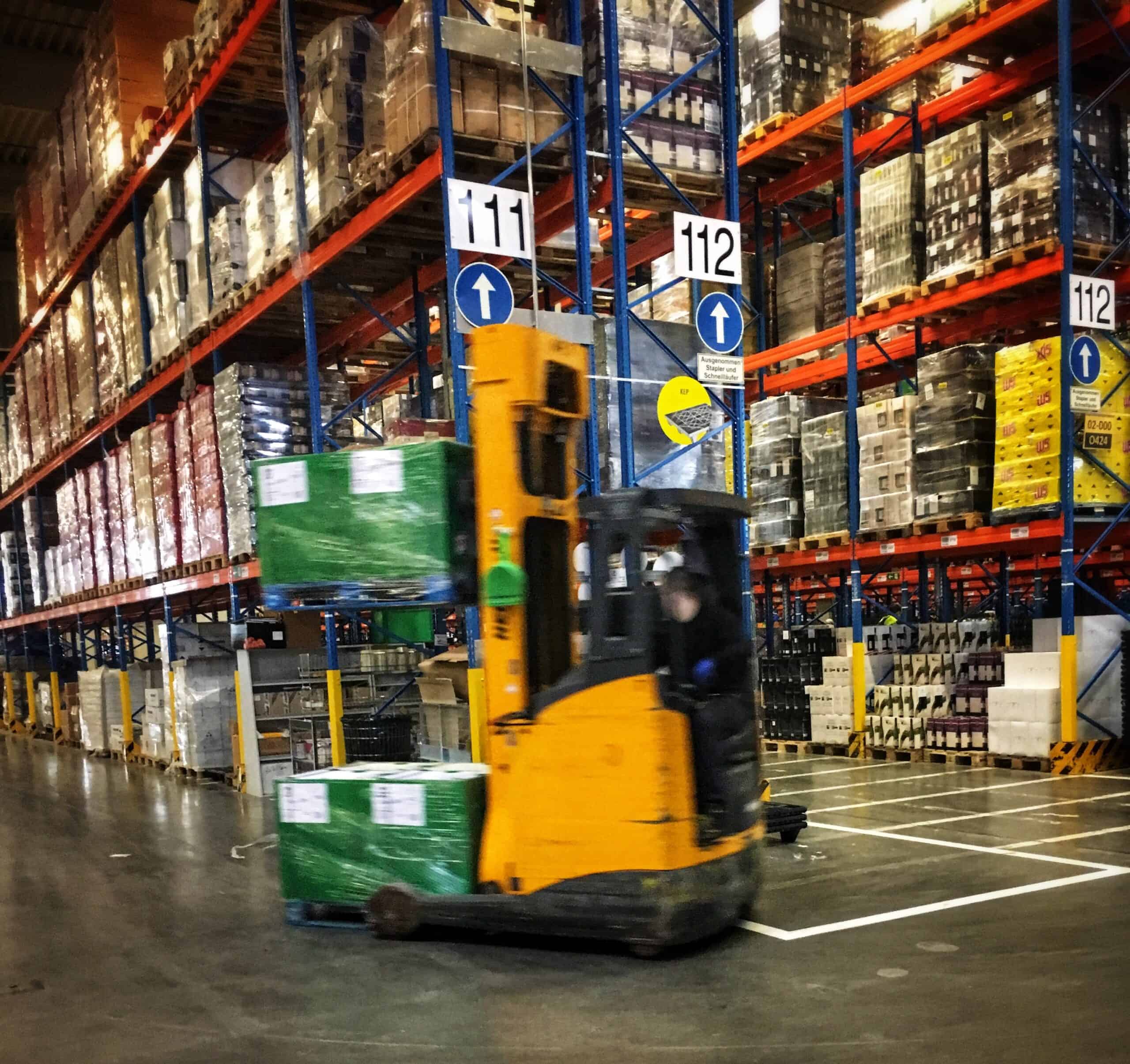When you’re transporting goods across the country, or even your city, there’s one problem that can happen no matter how careful you are: damaged freight. Whether you’re transporting one large item or thousands of smaller shipments, as they cross the country there is the inevitable risk that they could be damaged.
The longer the route, the more likely the freight is to be damaged. But there are ways that the transportation industry can minimize damage and trucking liability insurance to cover when things go wrong. No matter the reason, explore below to find out how to handle damaged cargo.
What Is Considered Damaged Freight?
There is a difference between damaged freight and normal wear and tear. While it would be ideal for all packages to show up in pristine condition, there’s times when the packaging might be ripped, bruised, or even crumpled.
That is general wear and tear to the damaged box. The packaging might look mangled but the contents inside are still in the proper condition. However, if the goods inside the packaging are damaged, that is considered damaged freight.
9 Steps for How To Handle Damaged Freight
With all processes, there’s a right way and a wrong way to go about handling freight damage. While you initially might be upset and want to tear into the customer service department, take a beat and then follow the steps outlined below.
Step 1: Inspect the Freight
When your shipment arrives, be sure to properly inspect the freight. Check for areas that might not be as obvious to look for damage and notate any concerned areas on your Proof of Delivery/Delivery Receipt.
Step 2: Accept Damaged Freight
You have two options when it comes to shipments, you can accept them or refuse them. If you do not accept the freight, your carrier will take the shipment back to a terminal and from there you’ll need to contact the broker.
During that time, the carrier will be holding the freight in their processing warehouse while you work on your claim to replace the damaged goods. If the freight sits and doesn’t go back to the shipper, you may be on the hook for processing and storage fees.
Then, if the claims process takes too long the carrier might be fed up and stop working with you, leaving you without your products or control of the claims process. Instead, skip that headache and accept the freight.
However, be sure to notate the damage as outlined in Step 1. You’ll still need to do more to properly handle the damaged goods, but you won’t risk extra fees or third-party issues that could arise.
Step 3: Document Everything
As noted above in Step 1, on your proof of delivery (POD) be sure to notate everything that you see as an issue. This includes anything that you might have been shorted as well. Was a box or pallet missing?
What is the status of the contents inside the packaging? If your package is just dinged and dented but there’s no damage to the goods, you do not need to write down the damage as you’ll not be filing a claim.
Step 4: Keep the Freight
Depending upon what you had shipped to you, this next step might be a bigger pain. However it’s vital to keep both the damaged freight and the damaged packaging. If you’re unaware, the carrier has the opportunity and the right to inspect the damage in person.
They also have the right to salvage the damaged freight. If you throw it away or lose it, you’ll be disallowing them that opportunity resulting in a denied claim. One important thing to note, this step is not for goods that are hazardous materials, food, or other products that will spoil.
In this case, outside disposal laws will supersede the carrier’s salvage rights, but you’ll need to be sure they have the opportunity to still inspect the damaged goods quickly.
Step 5: Prevent Further Damage
You’ll want to make sure that the freight is in a location that is safe. It is now your responsibility to mitigate any future damages. Find a place that is safe that will give you peace of mind that the freight won’t have any further damage.
Once it’s there, leave it where it is. You don’t want to continue moving the freight and risk it being damaged further. The less you handle it the better.
Step 6: Pay the Charges
Before you can file your claim you’ll need to pay the freight bill. During the claim process, you’ll need to provide a valuation timeline which requires a copy of the paid freight bill. Even if the goods are lost, stolen, or damaged, you’ll still need to pay the charges before you can have your claim processed by the insurer.
Step 7: File the Freight Claim Immediately
Gather all your documents, including any pictures you have taken, and file the freight claim immediately. Do not wait too long to deal with the damaged freight. Once you’ve filed the claim, the carrier has one month to acknowledge the claim.
There is then a final disposition that is handled in writing. This period takes three months. Finally, the claimant has two years to dispute the disposition. It’s a lengthy process so the sooner you file the claim the better. If you miss the initial claim period, your claim will be voided automatically.
Step 8: Freight Claim Maximum Liability Amounts
The freight claim maximum liability amounts depend upon your geographic location. In Mexico and Canada, carriers are responsible for a fixed rate based on a permanent dollar per pound.
In Canada that rate is $2 CAN per pound. In Mexico, that rate is 2.8 pesos per pound. The only reason it would not follow those guidelines is if the two parties had a prior agreement for a higher rate.
In the United States, the permanent dollar per pound detail is not pertinent. Instead, if the carrier is found liable for the damage they are responsible for covering the actual value of the damaged freight.
Step 9: Keep Copies of Everything
You’ll need to have all your ducks in a row before you file your claim, but you’ll want to ensure you keep copies of everything on hand throughout the claim process.
Make sure you have the following:
- Bill of lading
- A copy of the paid freight bill
- Invoice that shows the price you paid for the damaged or lost goods
- Packing slip
- Photos of the damage
- Claim paperwork from the insurance company
After you’ve gathered everything, find a safe place where you’ll remember storing them. The more evidence you have on hand the better you’ll be able to bolster your claim.
Take the Headache Out of Damaged Freight
Shipping damage can happen at any time. Freight service providers do their best to ensure that goods get from one location to the next in the ideal condition. However, as with all things, there’s times when everything seems to go wrong.
When you follow the steps outlined above, you can take the headache out of the claims process and approach it with a cool, rational mindset instead. As long as you can properly manage the claims process, you’ll reach an outcome that you’re happy with and the situation will be resolved in a way that’s best for all parties involved!
FAQ
Yes. To avoid storage and processing fees, you should accept damaged freight and work on a claims process while it is in your possession.
Carriers have liability insurance coverage that helps mitigate costs when goods are damaged in transit. The receiver of the goods will file a claim and work through the process with the carrier and insurance company.
If a carrier is liable for the damage to freight, the shipper will need to prove that the freight was in good condition when it changed hands. The receiver will then have proof that the goods were delivered damaged.



